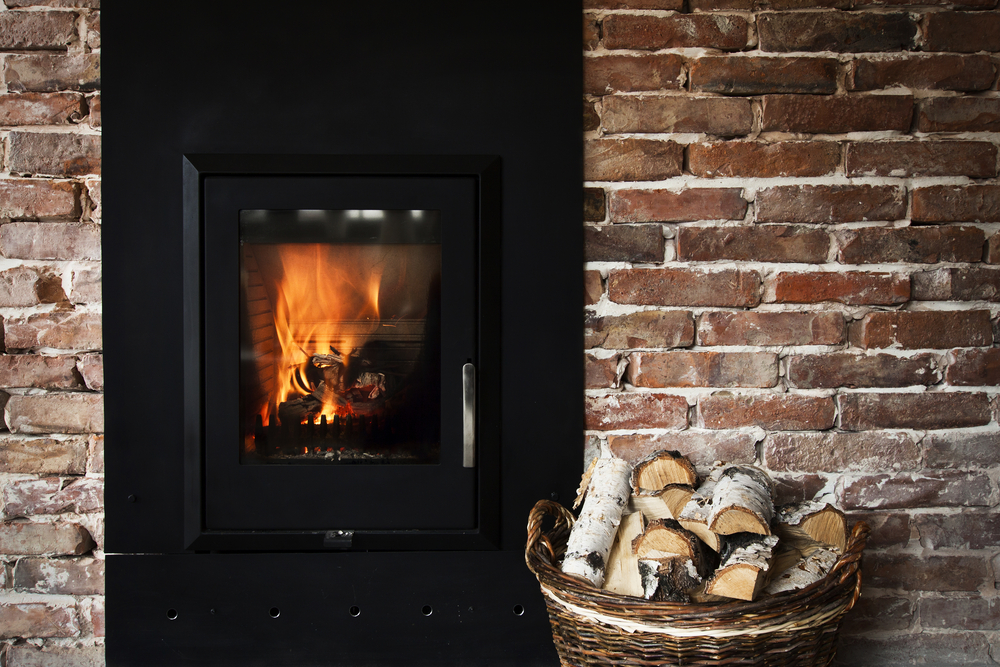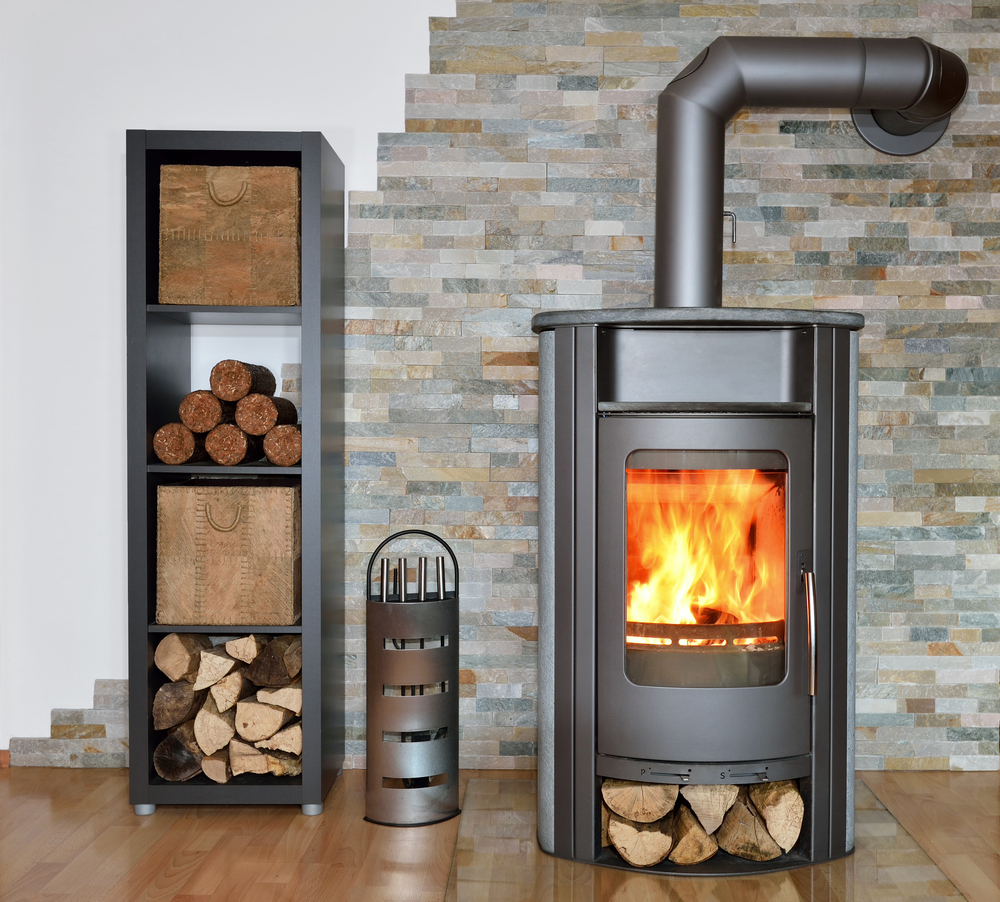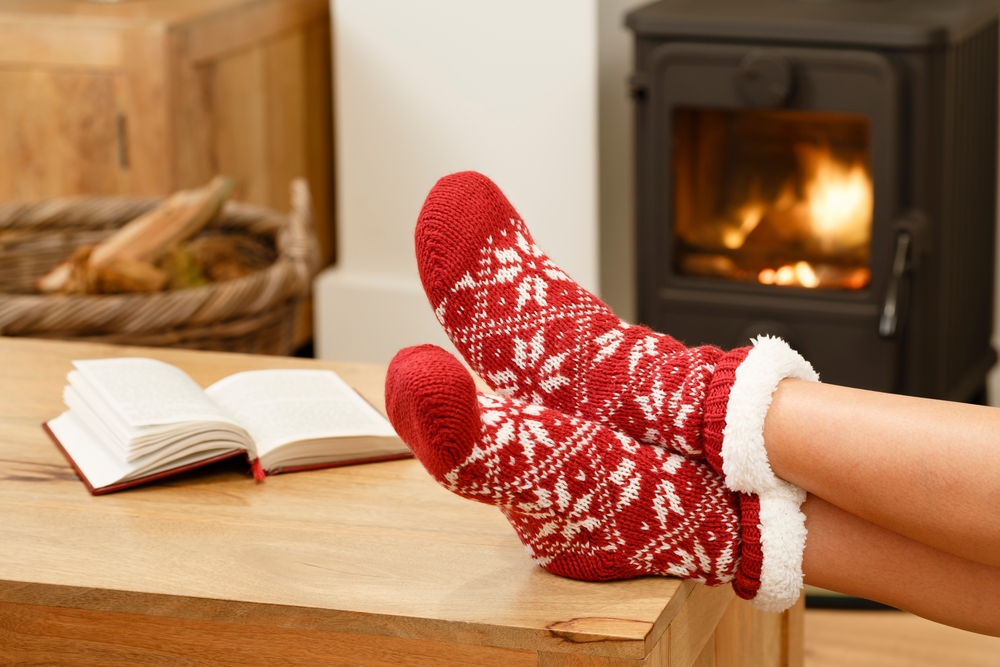After purchasing a new stove, you might be thinking about how best to keep it looking great and performing well. After all, your new stove should be a stunning feature for a lifetime, although it will need some maintenance during that time. Here at JMS Stoves, we are stove experts. So whether its a wood burning stove, or a multi-fuel stove, we have you covered. As a result, we have produced this guide to taking care of your new stove.
Burning materials
What you should burn on your new stove depends on which type of stove you purchased. A wood burning stove might not be the best option for burning coal, while a multi-fuel stove can burn both coal, eco fuel and wood. Either way, you should avoid burning highly combustible materials like straw, as this can reduce the lifespan of the stove and flue.
Cleaning your stove
In a wood-burning stove, you don’t want to remove all of the ash that has gathered on the grate. This is because the ash can help make your wood burning stove more efficient.
However, on both types of stove, you will need to consider the cleaning the glass regularly to keep it clear. The door of the stove will become cloudy over time, and you will need to use a specific stove glass cleaner to keep it looking great.
Sweeping your chimney or flue system
Stoves use a chimney or flue system to pump the smoke out of your house. If this becomes clogged, you could experience a chimney fire. This is potentially very dangerous and so it is essential that your chimney is swept at least once a year.
For more information about taking care of your new stove, and stove maintenance. get in touch with the experts today, here at JMS Stoves.



